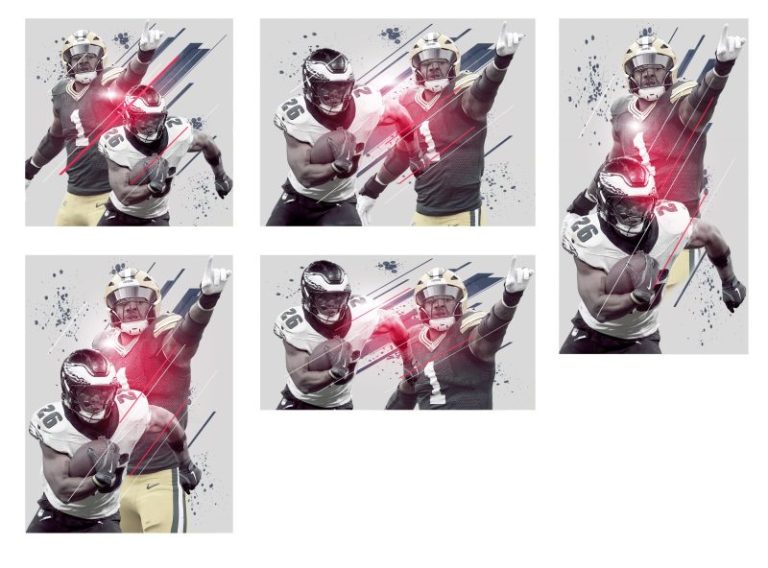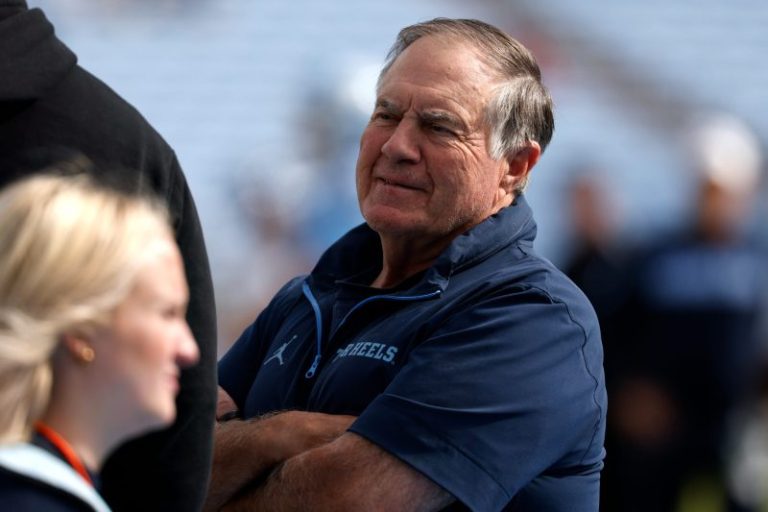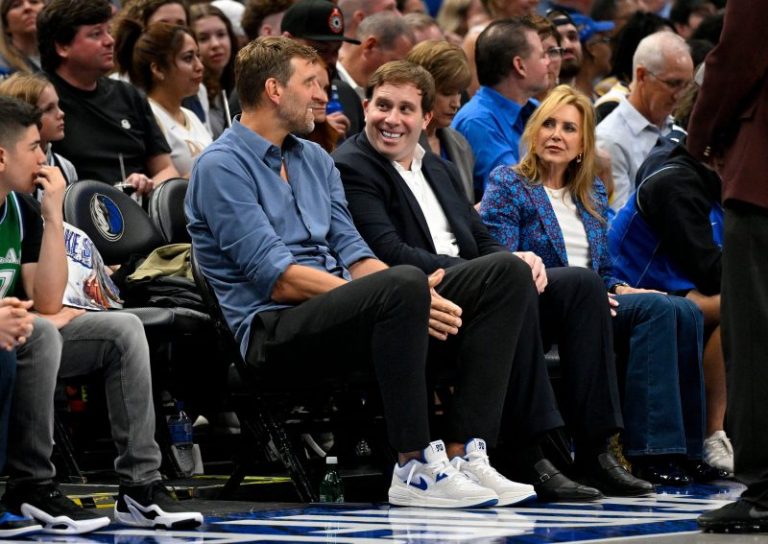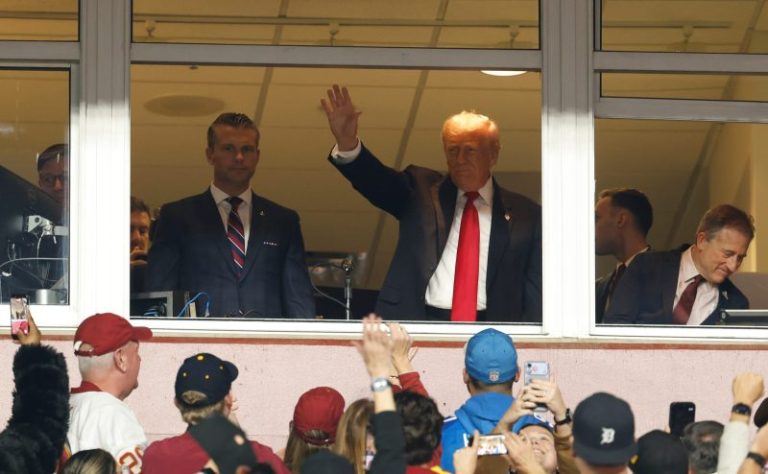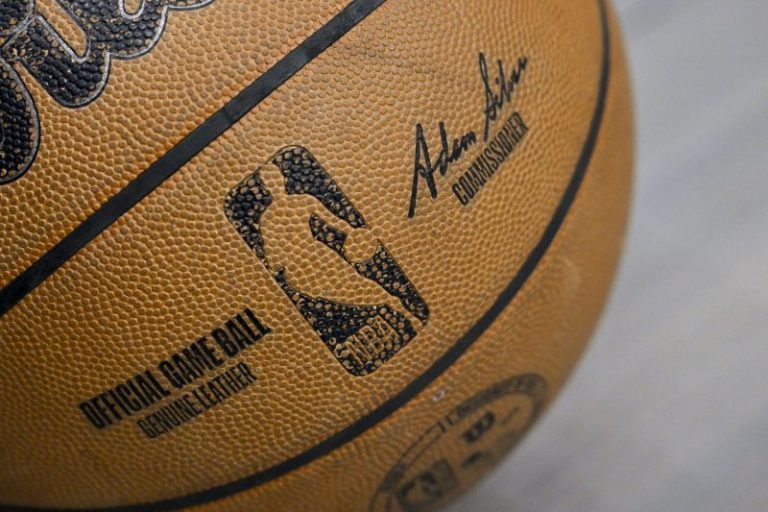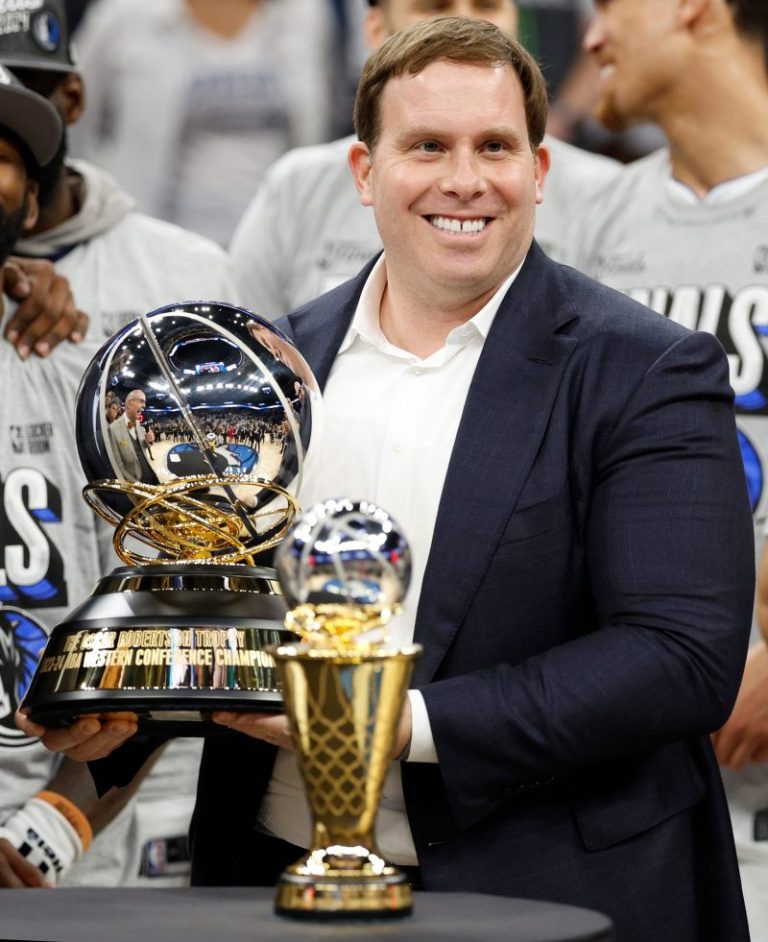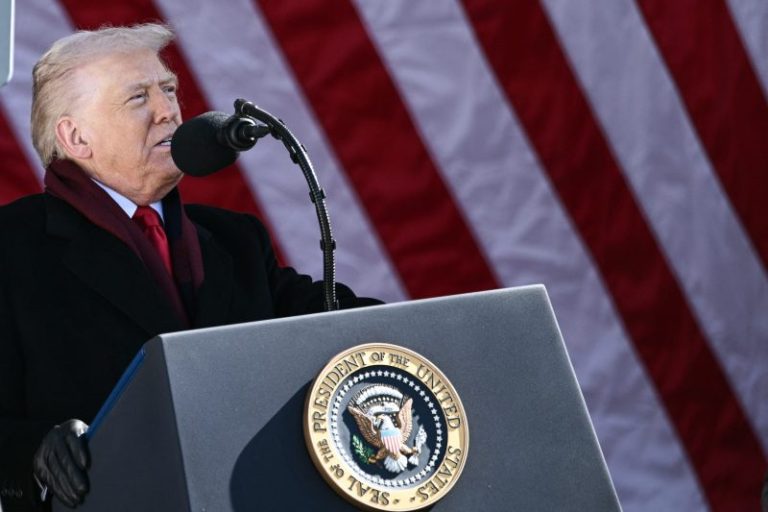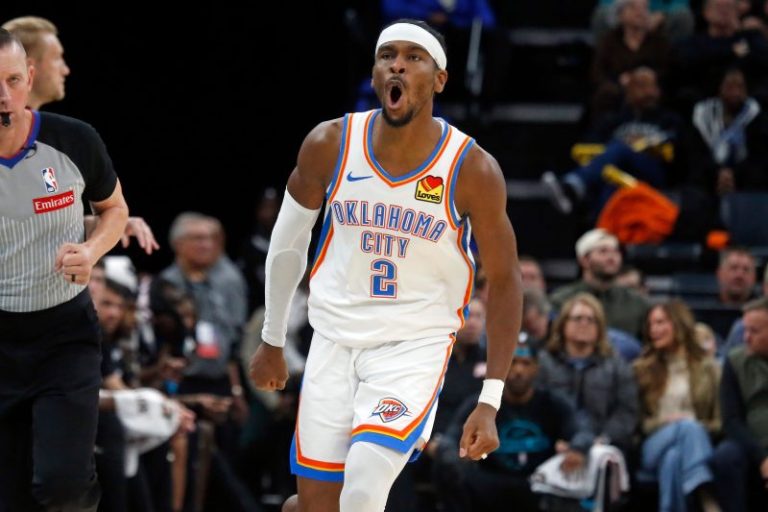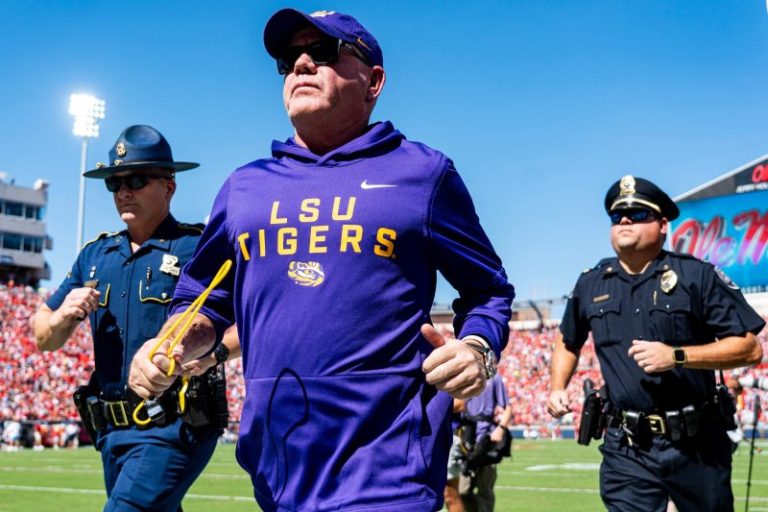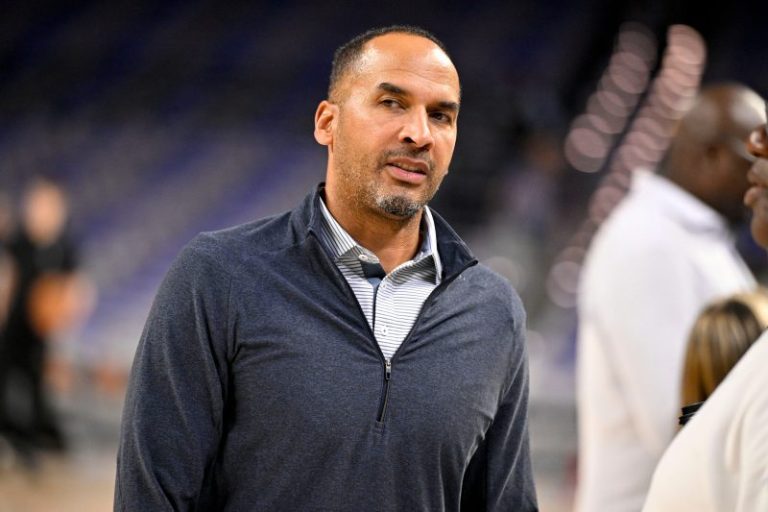The Los Angeles Rams and Seattle Seahawks remain the top two teams ahead of their Week 11 matchup.
Philly and Green Bay rank as the NFC’s next two teams right now.
After winning seven straight games, the New England Patriots have jumped to the third spot in the rankings.
NFL power rankings entering Week 11 of the 2025 season (previous rank in parentheses):
1. Los Angeles Rams (1): Beware a near-perfect Matthew Stafford on Sunday, Seahawks − he’s thrown 20 TD passes against zero picks over the past six games, a first in NFL history (as is his current three-game heater with at least four TD passes and zero INTs in each contest). Best team in the league? We could find out in LA this weekend.
5. Philadelphia Eagles (4): It wasn’t pretty, but Monday night’s win at Green Bay pushed them back atop the projected NFC playoff field. This offense clearly still isn’t hitting on all cylinders.
6. Green Bay Packers (5): It wasn’t pretty, and Monday night’s loss to Philly pushed them nearly out of the projected NFC playoff field. This offense clearly still isn’t hitting on all cylinders.
7. Buffalo Bills (7): A terrible loss to Miami and a foreboding remaining schedule very likely mean this team will have to take the wild-card route this year in its ongoing pursuit of the ever-elusive Lombardi Trophy.
10. Indianapolis Colts (11): If it seems like it’s been forever since a team rode a sensational running back and a strong defense to a Super Bowl − taking whatever a sometimes inconsistent quarterback provided − well, it’s actually only been nine months.
11. Tampa Bay Buccaneers (10): The perennial NFC South champions (and current leaders) finish out with a very manageable schedule … once they get past road games the next two weeks against the Bills and Rams.
13. Houston Texans (14): Like the Ravens, they’re a two-time-defending divisional champion that’s fought its way to a 4-5 record. Maybe the Texans can also make a charge back to the top if they get their QB1 back soon, too.
15. San Francisco 49ers (16): Only percentage points out of the NFC’s final wild-card spot, none of the Niners’ next four opponents currently has a winning record.
16. Los Angeles Chargers (20): For all of their injury issues on offense, the Bolts’ defense has been quietly dominant of late − allowing just 591 yards and 40 points total over the past three weeks. OLB Khalil Mack just joined late Hall of Famer Kevin Greene as the only players to ever record at least 35 sacks with three different franchises.
18. Chicago Bears (18): Their NFL-best +14 turnover differential is nearly double the next-best teams, the Jags and Bucs at +8. But how sustainable is that formula for a Chicago team that’s been barely escaping some of the league’s worst squads?
21. Cincinnati Bengals (22): With his practice window now set to open, QB Joe Burrow will apparently be back in action some time during the next three weeks. Cincy fans would be thankful if turns out to be on Thanksgiving night in Baltimore.
22. Arizona Cardinals (21): At least they don’t have to see the Seahawks again this year, the Cards just getting toyed with amid their ninth straight loss to the NFC West’s fiercer birds.
23. Dallas Cowboys (23): A team that lives in the spotlight is about to really feel its glare. Coming out of their bye, the Cowboys will still be saying goodbye to Marshawn Kneeland while trying to welcome Quinnen Williams − all while facing the prospect of playing five consecutive nationally televised games, four in exclusive broadcast windows. That’s a lot of scrutiny, even for ‘America’s Team.’
26. Miami Dolphins (27): How this league can pivot. A week ago, it seemed like coach Mike McDaniel could be gone at any minute. Now? He and his team are fresh off trouncing the Bills and suddenly favored to win the NFL’s first-ever regular-season game staged in Spain.
29. New York Jets (31): Uh, trust the process. Right?
30. New York Giants (25): They’ve got an interim head coach, probably an interim QB if Jaxson Dart can’t clear concussion protocol and interim skill players elsewhere on offense for the remainder of the season. But trust us, this is a plum job.
31. Las Vegas Raiders (29): Three targets for TE Brock Bowers in Thursday night’s three-point loss at Denver? The Silver and Black deserved to lose.

